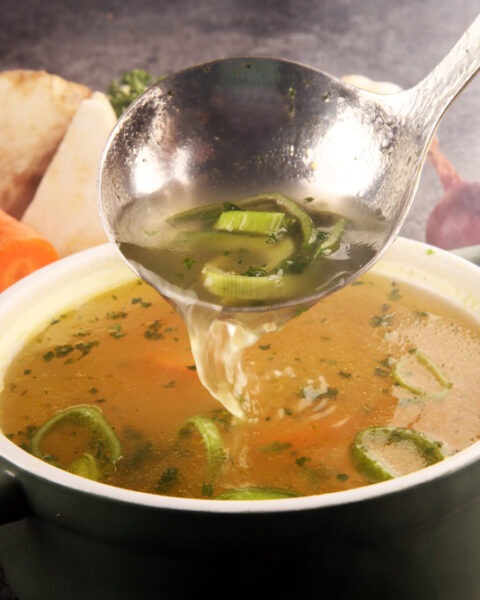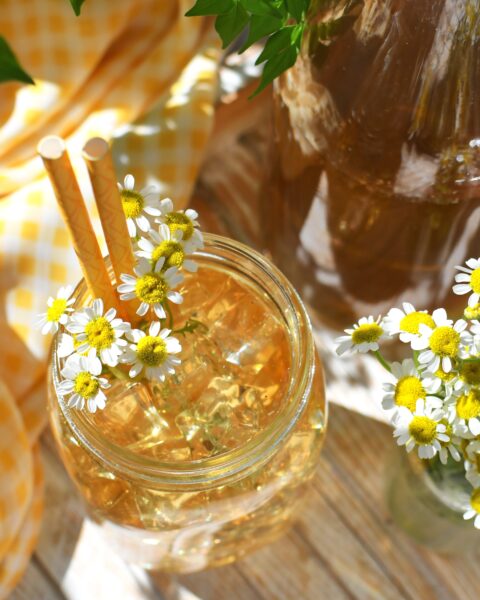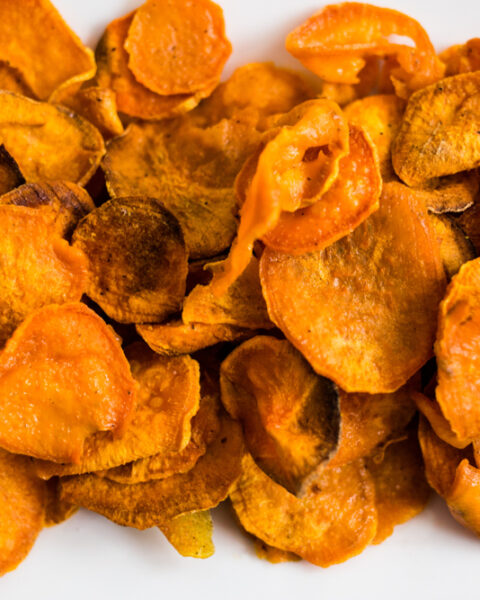Fresh vegetables are an essential part of a healthy diet, but it can be frustrating when they start to spoil before you have a chance to use them. Fortunately, there are many simple and effective ways to extend the shelf life of your produce and keep your vegetables fresh for longer. In this article, we’ll explore 10 ways to keep vegetables fresh for long. From proper storage techniques to natural preservation methods, these tips will help you reduce food waste and get the most out of your produce.
Contents
- 1 Store Leafy Greens with Paper Towels
- 2 Keep Ethylene-Producers Separate
- 3 Use a Vinegar Bath for Berries
- 4 Revive Wilting Veggies in Ice Water
- 5 Store Root Vegetables in a Dark Place
- 6 Use Glass Containers for Storage
- 7 Practice First In, First Out
- 8 Herbs in Water
- 9 Adjust Refrigerator Humidity Levels
- 10 Regularly Check Stored Vegetables
- 11 More From RetailShout
- 12 The 15 Best Canned Food Combinations You Should Know About
- 13 25 Best Soup Recipes from Around the World
Store Leafy Greens with Paper Towels
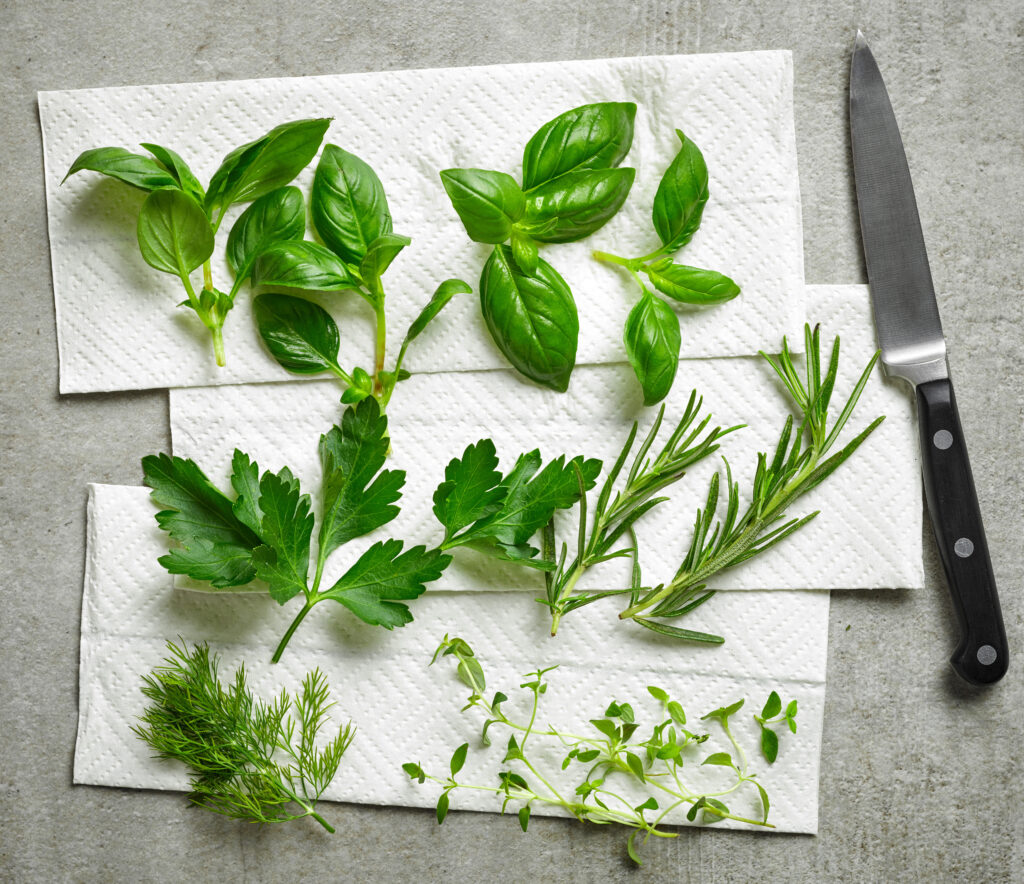
Moisture can be the enemy of leafy greens. To prevent them from becoming limp or slimy, wrap them in paper towels, which absorb excess moisture, and then store them in a plastic bag in the crisper drawer of your refrigerator. This method keeps greens fresh for a more extended period.
Keep Ethylene-Producers Separate
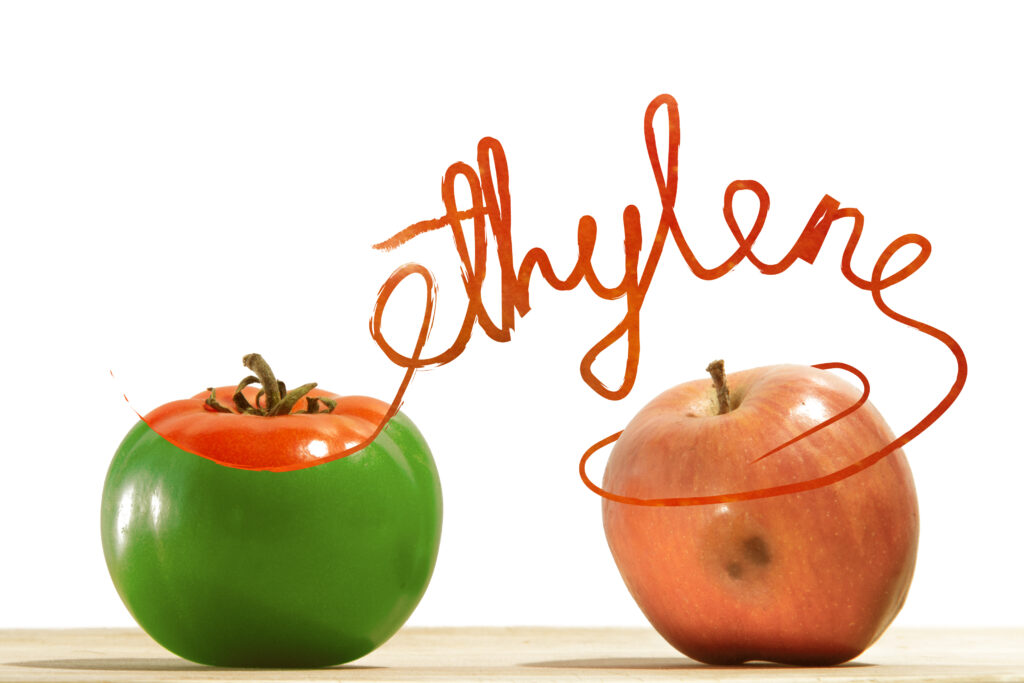
Some fruits and vegetables, like apples and tomatoes, release ethylene gas which can cause nearby vegetables to spoil faster. Always store ethylene-producing produce away from other fruits and veggies to ensure longevity.
Use a Vinegar Bath for Berries
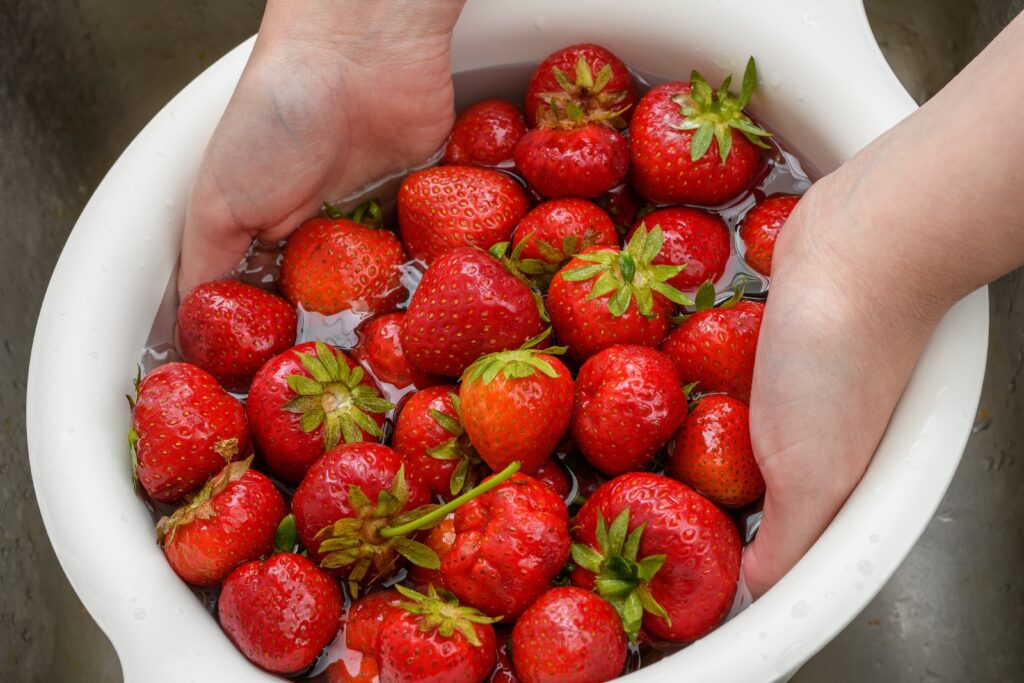
Berries are prone to mold due to their delicate nature. To prolong their freshness, dunk them in a mixture of one part vinegar and three parts water. Drain and rinse them before refrigerating. This can add days to their lifespan.
Revive Wilting Veggies in Ice Water
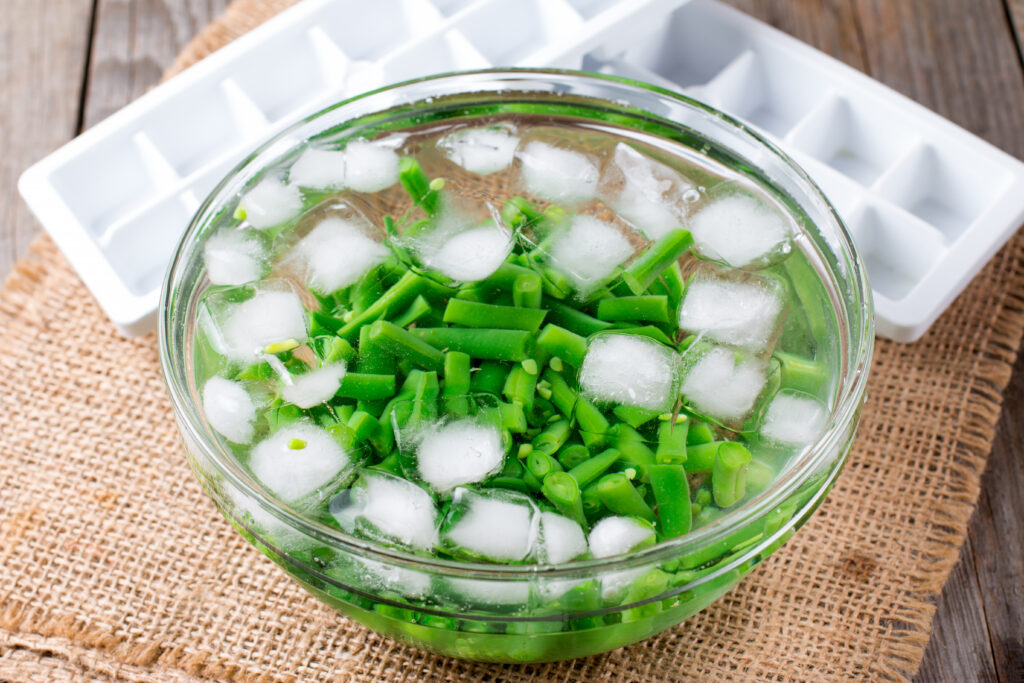
If your carrots or celery have lost their crunch, immerse them in ice water for about 30 minutes. The cold water helps the cells plump up, making the veggies crisp again.
Store Root Vegetables in a Dark Place
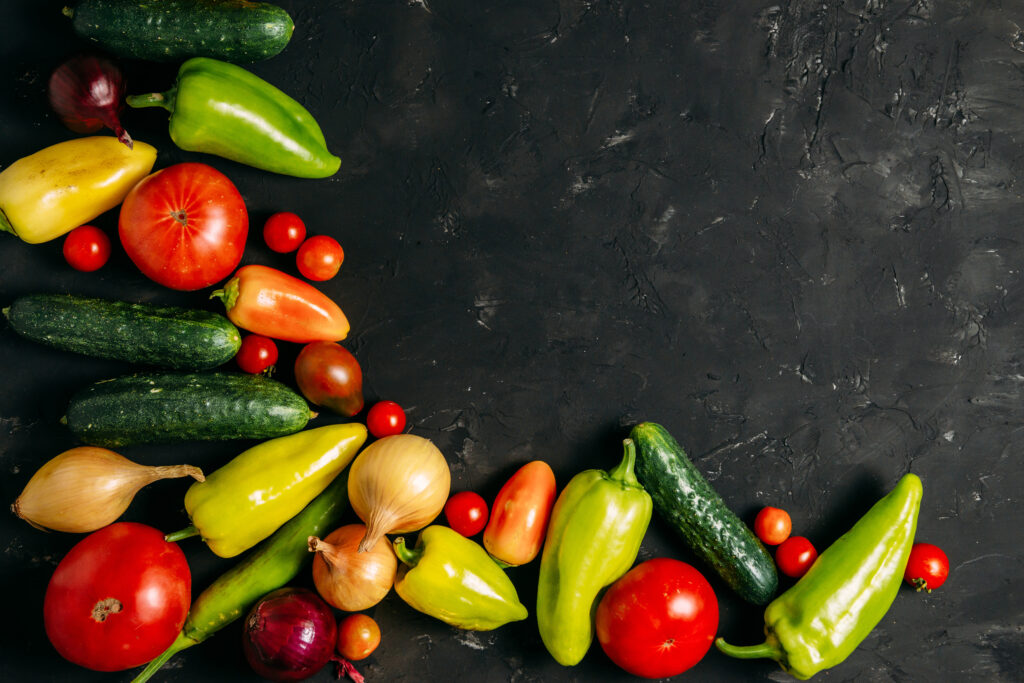
Potatoes, onions, and garlic prefer dark, cool, and dry places. Exposure to light can make potatoes turn green and sprout faster. It’s best to store them in a pantry or drawer, away from sunlight.
Use Glass Containers for Storage

Storing cut vegetables in glass containers can extend their shelf life. Glass doesn’t hold onto odors or get stained easily, ensuring a clean environment for your produce.
Practice First In, First Out
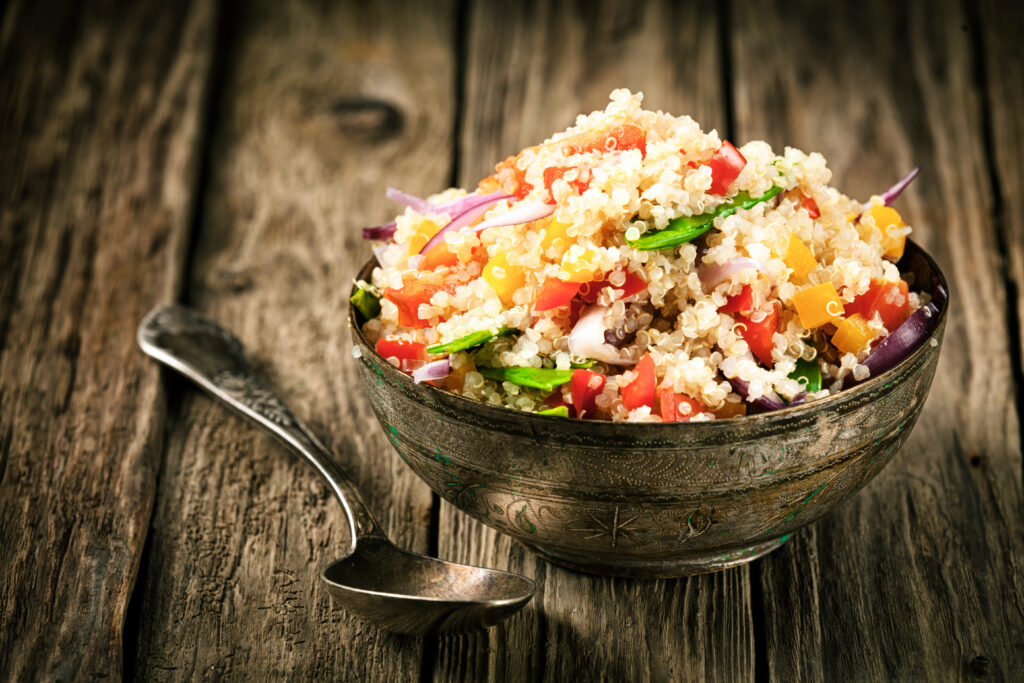
Make it a habit to use older vegetables before the newer ones. This rotation ensures that you consume produce before it goes bad.
Herbs in Water
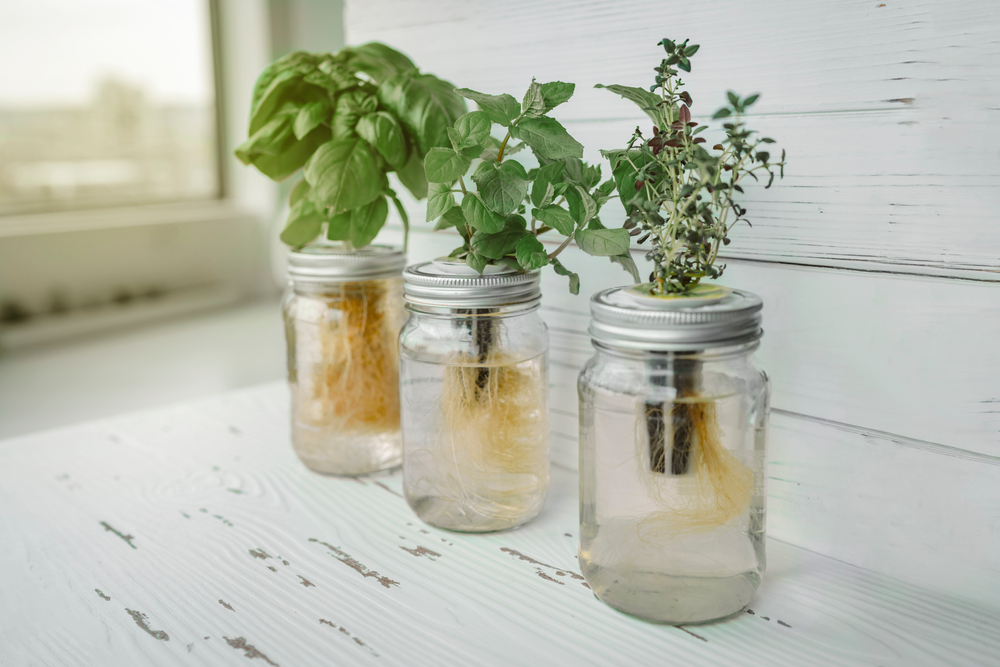
Store herbs like cilantro, parsley, and basil in a glass of water, similar to flowers in a vase. Not only does this keep them fresh, but it also adds a decorative touch to your kitchen.
Adjust Refrigerator Humidity Levels

Different veggies require different humidity levels. Leafy greens prefer high humidity, while items like mushrooms need low humidity. Use your fridge’s adjustable humidity settings on the crisper drawers accordingly.
Regularly Check Stored Vegetables
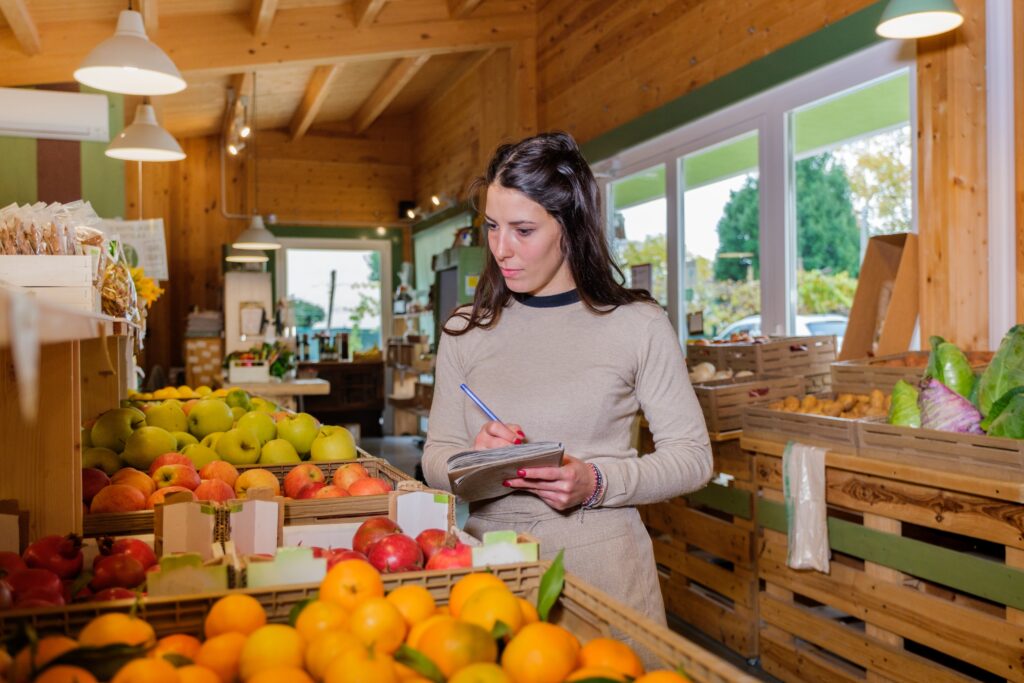
Every few days, inspect your stored vegetables and remove any that show signs of spoilage. One bad apple, or in this case, vegetable, can indeed spoil the bunch.
This article originally appeared on RetailShout
More From RetailShout
12 Types Of Coleslaw And What Makes Them Different
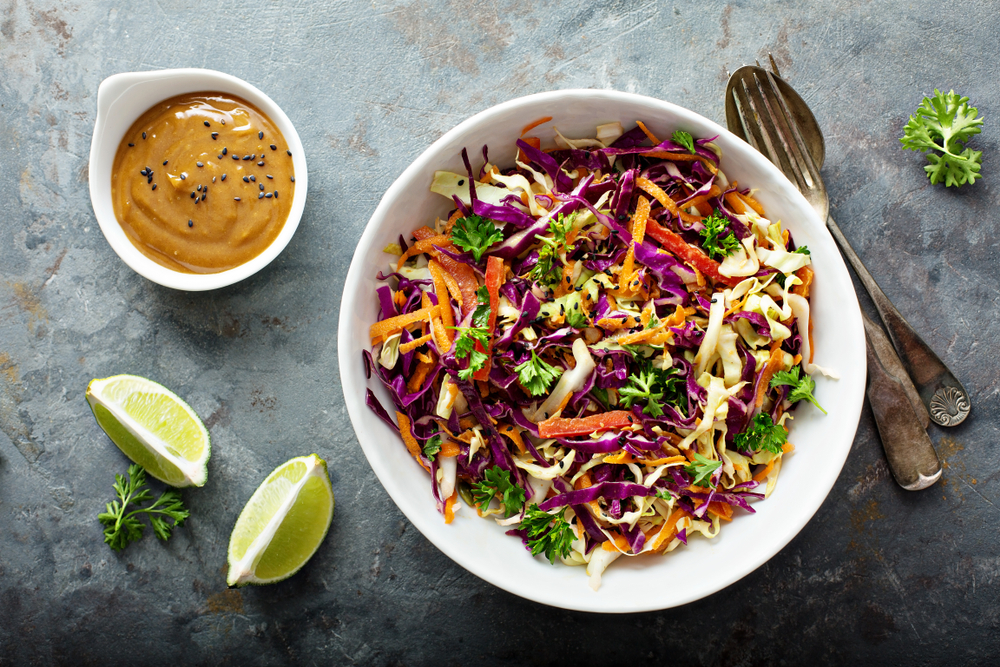
Coleslaw is a classic side dish that shows up at barbecues, picnics, and family gatherings. It’s one of those versatile dishes that can be made in so many different ways. Each variation has its own unique twist, making it stand out. Read More.
The 15 Best Canned Food Combinations You Should Know About
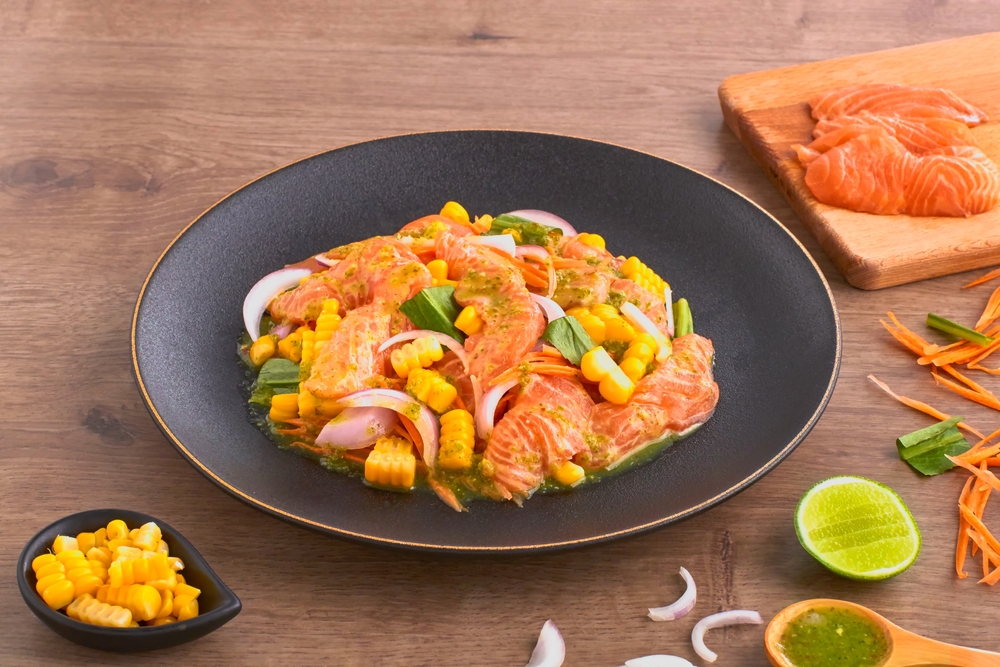
Pairing the right canned foods together can create mouthwatering meals that are both simple and satisfying. They are convenient, affordable, and often packed with nutrients. Read More.
25 Best Soup Recipes from Around the World
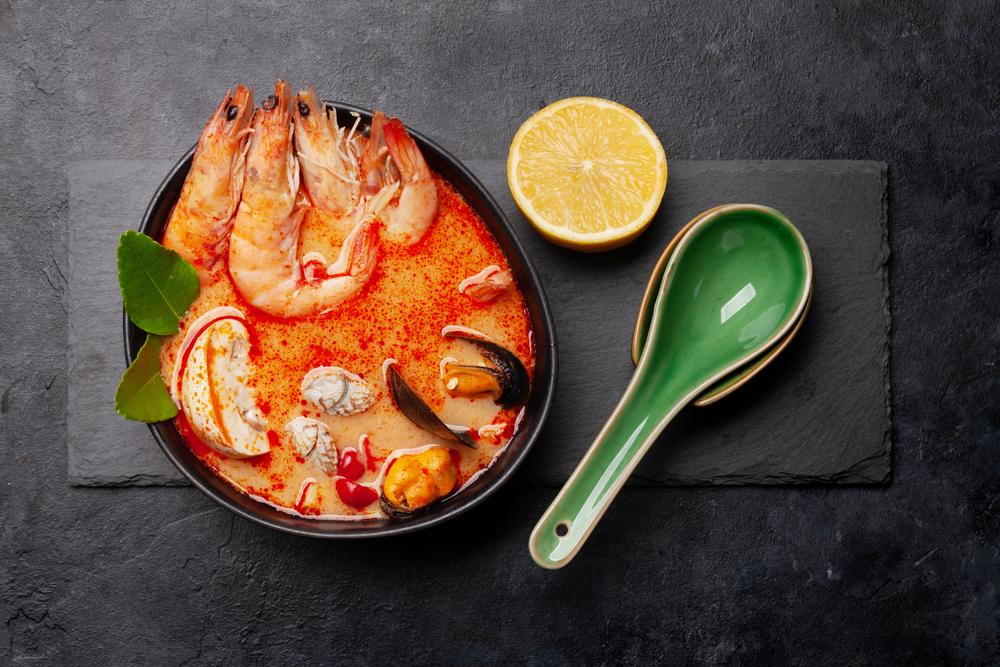
When the weather cools down or you just need a bowl of comfort, nothing hits the spot like a good soup. Different cultures around the world have their own unique takes on this classic dish, each bringing their own flavors and ingredients to the table. Read More.

